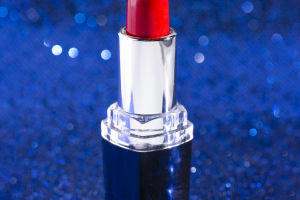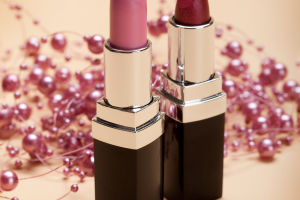Lipstick has become a staple for many teenage girls, enjoying immense popularity as a cosmetic essential.
It's common to see people carrying lipsticks with them at all times, often sporting various colors to suit different occasions.
However, despite their widespread use, lipsticks come with their challenges, one of which is color loss. So, what can you do to prevent your lipstick from losing its vibrant hue?
With millions of lipstick varieties available on the market, it's no surprise that different brands exhibit varying degrees of color retention. Many believe that expensive lipsticks boast superior textures and minimal color loss compared to their cheaper counterparts.
However, the extent of color loss ultimately depends on the brand. While some lipsticks retain their color well, others may contain harmful substances, posing risks to one's health. Choosing lipsticks from reputable brands that prioritize color retention and safety is crucial.
Typically, lipsticks that maintain their color contain volatile ingredients designed to evaporate moisture within the lipstick, ensuring better adherence to the lips. However, this process can also strip moisture from the lips, leading to dryness and the development of lip lines.
Non-transferable lipsticks often lack oils, resulting in lower moisturization than other lipstick types.
Lipsticks that resist color loss may contain organic pigments with staining solid properties. While this may prevent color fading, prolonged exposure to these pigments can lead to lip pigmentation and health risks if the ingredients are toxic.
Therefore, when purchasing lipstick, it's advisable not to prioritize cost over quality. Look for products with a product certificate, health license number, and production license number to ensure authenticity and safety.
Avoid buying counterfeit or substandard products from unreliable sources, such as street vendors or online marketplaces. It's essential to understand the chemical composition of the lipstick and check for potential allergens.
Lastly, always check the production and expiration dates to ensure product freshness and safety. Using expired lipsticks can lead to various issues, including color loss and potential skin irritation.
Many people attribute lipstick color loss to poor quality, but in reality, it's a common occurrence that almost everyone experiences. Lipstick color loss typically occurs during activities like eating or drinking water, where the lipstick easily rubs off the lips' surface.
This happens because, regardless of a lipstick's color intensity or longevity, it merely sits on the lips' surface without penetrating deeply. Thus, it's normal for lipstick to lose its color when exposed to such situations.
Preventing lipstick color loss involves choosing reputable brands, understanding product ingredients, and ensuring freshness. While lipstick color loss may be expected, it's essential to prioritize quality and safety when selecting cosmetic products. These steps allow you to enjoy vibrant lipstick colors without compromising health or appearance.
One effective method is applying a lip primer or concealer before applying lipstick. This creates a smooth base and helps the lipstick adhere better to the lips, reducing the likelihood of color loss.
Another technique is to blot the lips with a tissue after applying lipstick to remove excess product. This prevents color transfer and helps set the lipstick in place. Opting for long-wearing or matte lipstick formulas can enhance color retention throughout the day.

